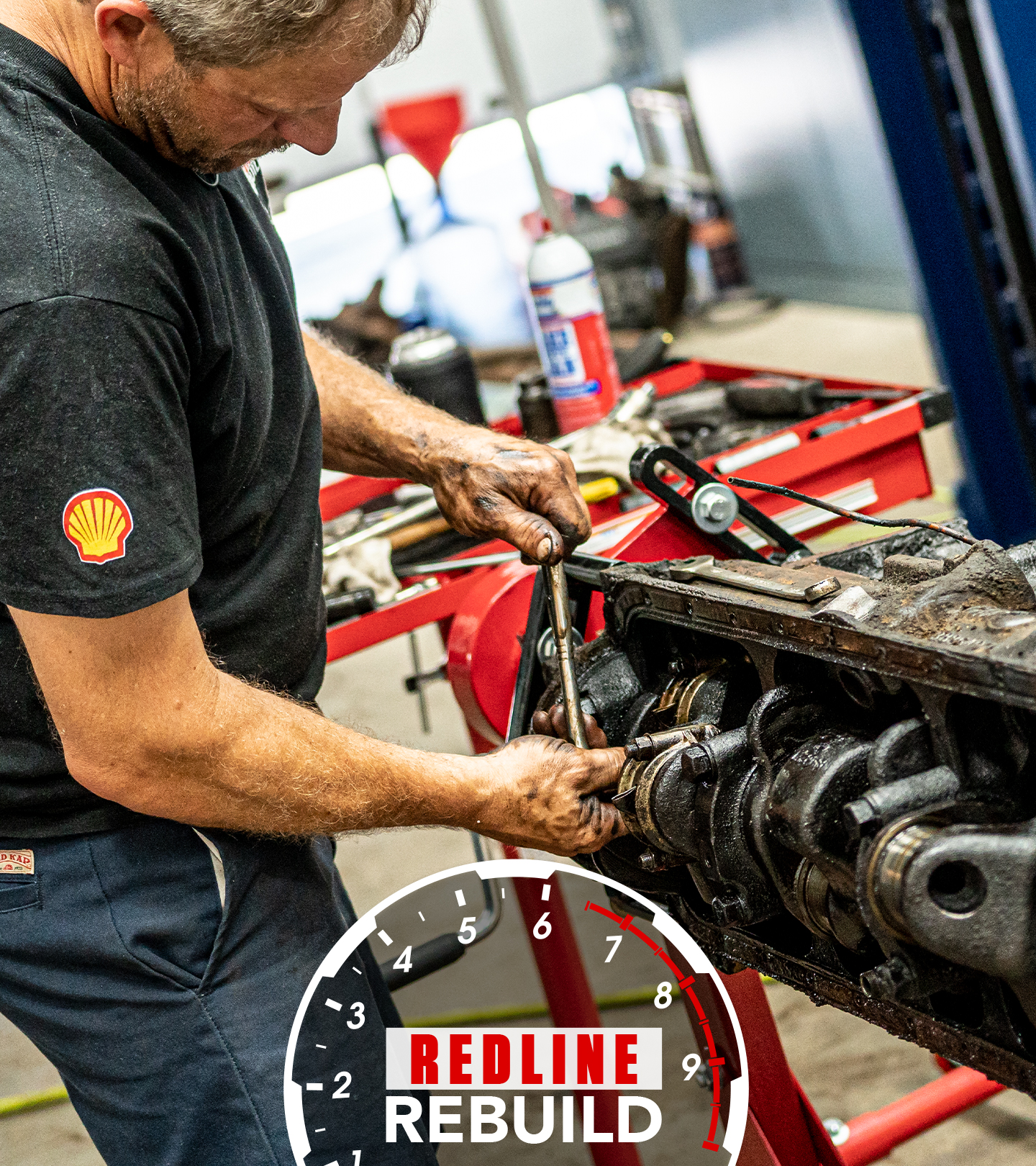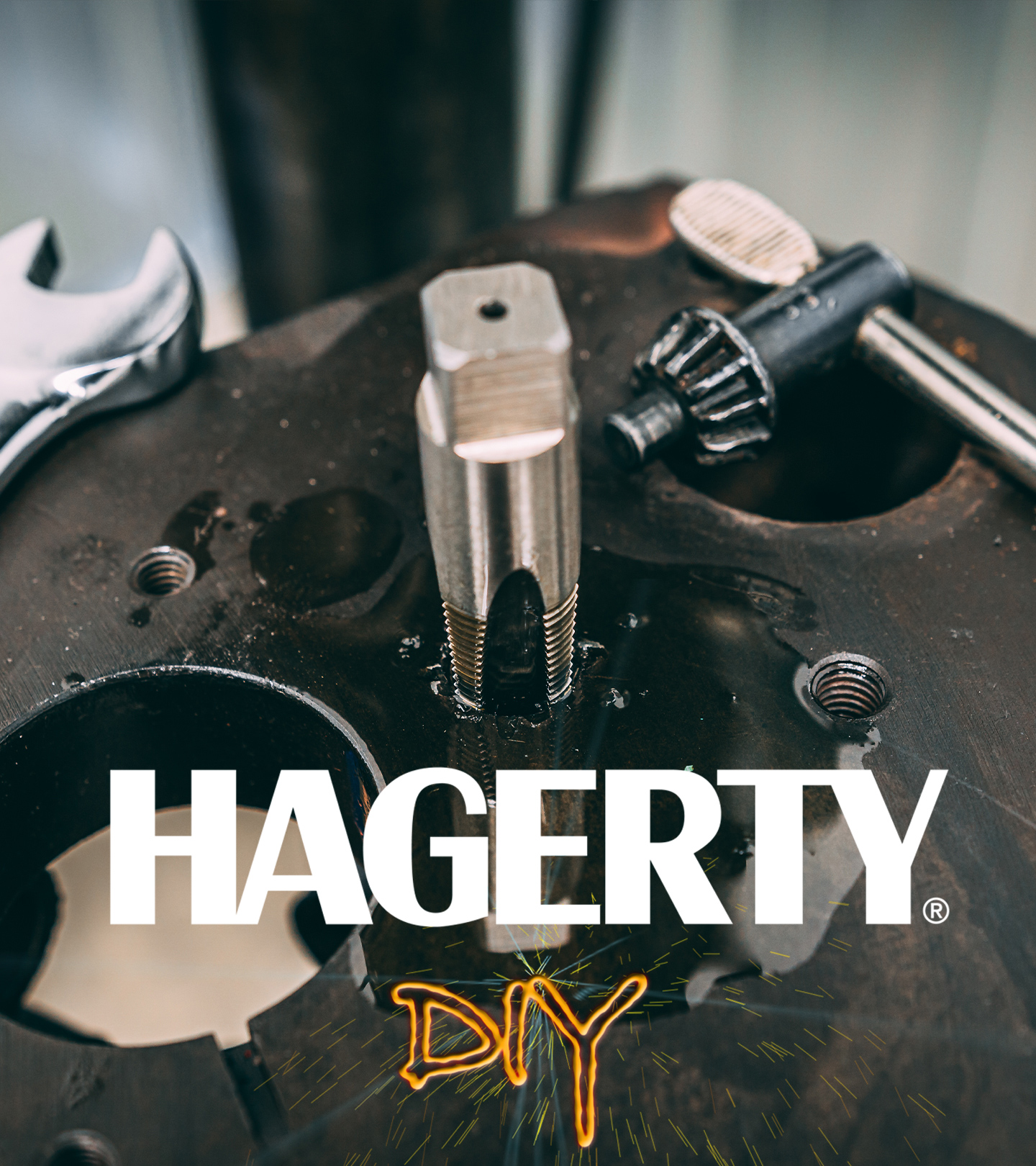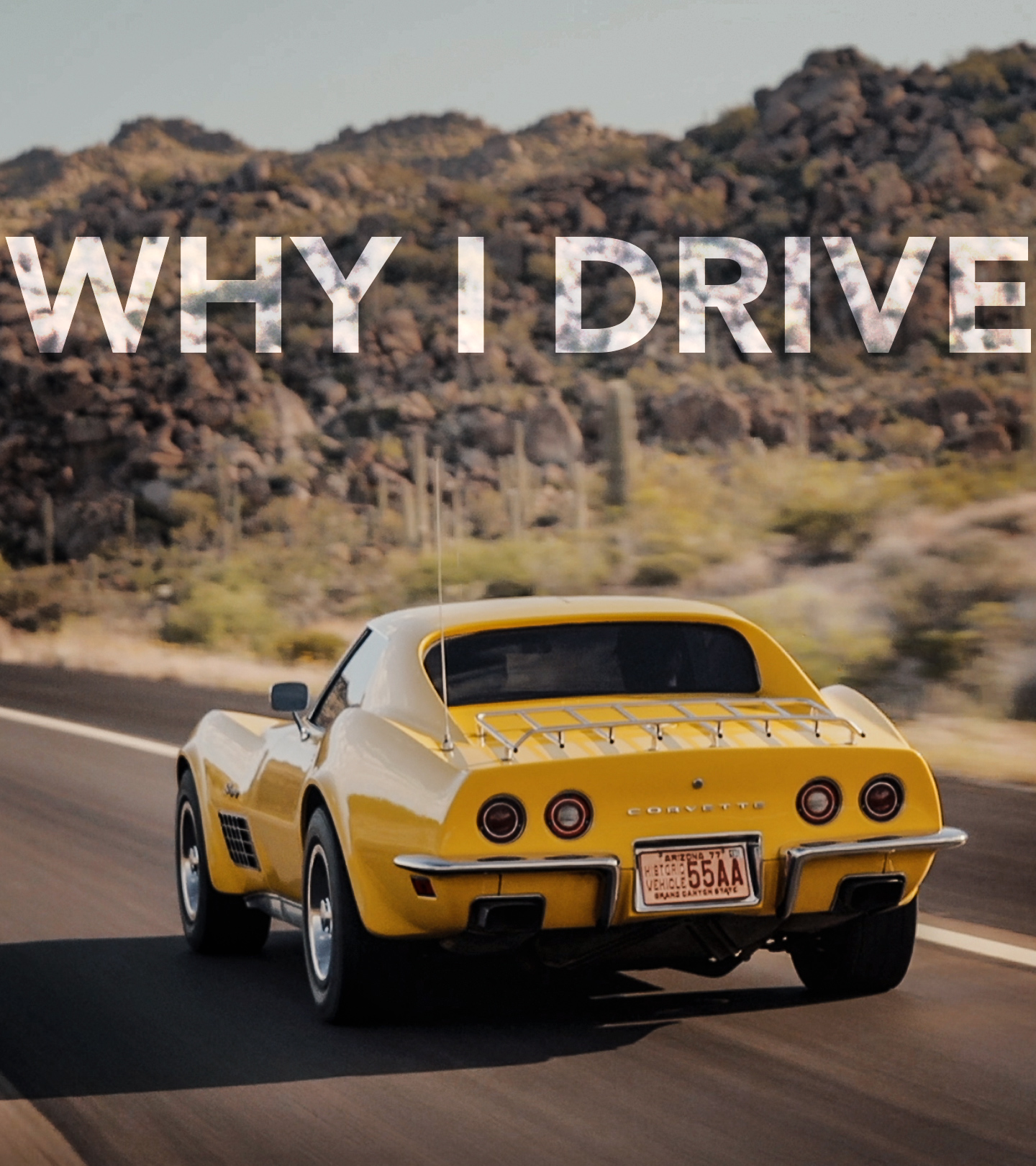Barn Find Hunter: Kicks off Alaska trip with sweet 1971 Ford Mustang Mach 1 - Hagerty Media
When it comes to searching for old, forgotten cars, nobody likes to go off the beaten path like Barn Find Hunter Tom Cotter. But this time Tom’s taste for adventure takes him way out in Alaska, where classic car culture is alive and well. You might remember Tom’s previous visit to Alaska with his 289 Shelby Cobra resulted in an unexpected encounter with a bear, courtesy of Fig Newtons. Would Alaska be so welcoming this time around? I joined Tom’s hunt to find out.
If there’s one thing I learned while bumming around Alaska searching for old cars, it’s that Alaskans love Mustangs. Regular Barn Find Hunter viewers know Tom usually hunts in his Ford woodie wagon, but being that Alaska is incredibly far away and the threat of rain is something woodie owners have to take seriously—plus the fact that it would be prohibitively expensive to ship—we sourced a very special Mustang as a stand-in. No doubt the green 1966 Shelby GT350, which we borrowed from a local friend of Tom’s, opened a few doors along the way.
Of course, opening a garage door to find a 1971 Ford Mustang Mach 1 with a rare and desirable list of factory options was a hell of a way to kick off our adventure in Fairbanks. The prize pony is hiding just outside of downtown Fairbanks in a garage next to the home of Tracy McLeod, whose late husband, Ray, was a lifelong Mustang aficionado. “He could never turn a Mustang down, as you can see,” Tracy says, motioning to the lot next to her house. Parked there are three vintage Mustangs, two in major states of disrepair and one black 1971 Mach 1 hot rod that was Ray’s favorite driver.



Ray, who passed away recently, built the black Mach 1 hot rod for drag racing at the nearby Fort Wainwright military base. After the 9/11 terrorist attacks, drag racing at the base ended. But Ray continued to drive the Mach 1, and taking rides in the car inspired his granddaughter’s love for Mustangs. In fact, she loves to play “Pony1” a game for car-spotting Mustangs. The license plate on her grandfather’s black Mach 1? Pony1, of course.
Also on the property is a first-generation Mustang, which Tom pegs as maybe a 1964.5 or a ’65 with an automatic transmission. It’s fairly rough, in need of a major restoration, and by the looks of the brand-new floorpan next to the car, that might have been Ray’s plan. Next to the first-gen is another forgotten pony, this one also with an automatic. It has a V-8, but it’s probably a parts car given the condition and various paints used throughout the body and interior. Last is either a 1970 or ’71 Mustang in blue, with a big-block engine and Holley carburetor, high-capacity ignition, and automatic transmission. It too has suffered from sitting outside, and the vegetation on the lawn is starting to grow through holes in the floor.
It’s clear that of all his treasures, Ray was most fond of this last car—the one he called the “Big Car” and loved so much that it was the only Mustang he kept under cover. When Tom raises the garage door, the taillights betray that this is yet another Mach 1 Mustang, this one also a 1971. It’s under a pile of stuff and surrounded by even more.

But this blue barn find is even more special than the black hot rod outside, particularly because of its rare combination of factory options. A 429 Cobra Jet engine? Check. Air conditioning? Check. Four-speed manual transmission? Well, that’s odd. Tom was told this car was a manual, but inside you can clearly tell it’s an automatic. In a flash, Tracy’s daughter is outside with the documentation that provides answers: a Marti Report, a data sheet produced by Kevin Marti, who inherited a trove of Ford archives. Based on the VIN, a Marti report reveals all of a car’s original factory equipment, date of production, the dealer that took delivery, date of sale, and more. It also provides an analysis of how rare the vehicle is, based on the number of vehicles just like it.
According to the report, the “Big Car” did indeed left the factory with a four-speed manual. Ray bought the car many years ago from a friend in California and trailered through Canada to Alaska.
As it sits, the car is in true barn-find condition, with several parts in boxes and the interior disassembled. But there’s no doubt the body is solid and straight as an arrow, and Tom points out that if someone had the time and inclination to do a lot of the work on their own, this could be a fun restoration project that would more than pay for itself if you ever wanted to sell.
Right now, that’s Tracy’s plan. With Ray no longer around, her hope is to sell everything to someone who could provide a good home—that is, everything except the black hot rod Mach 1. That car is not for sale. Too many good memories were made in it, and there is a certain Mustang-loving granddaughter who will one day take up the mantle. And that’s how it should be.













